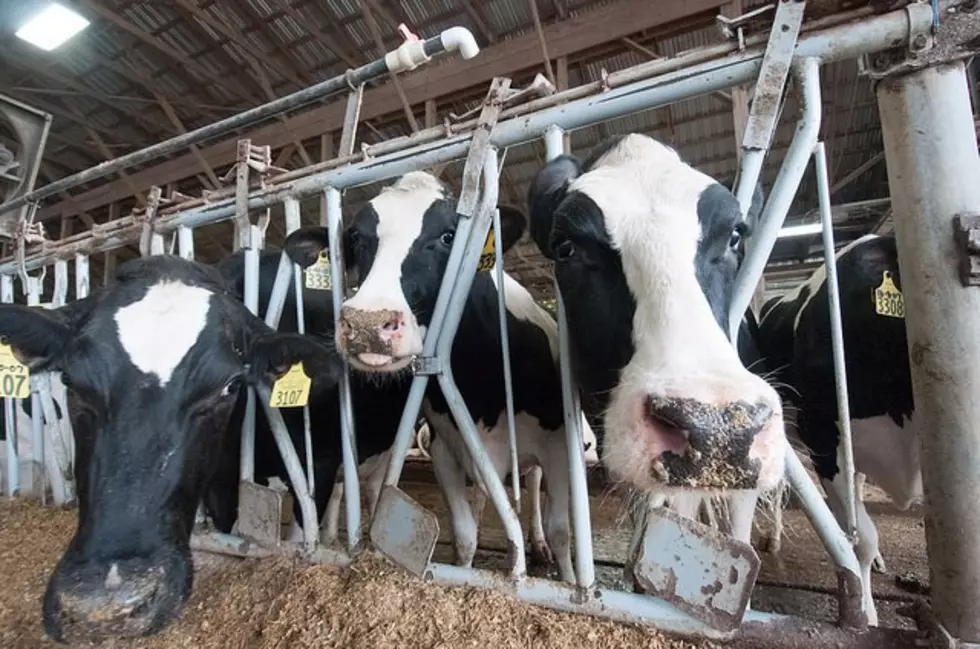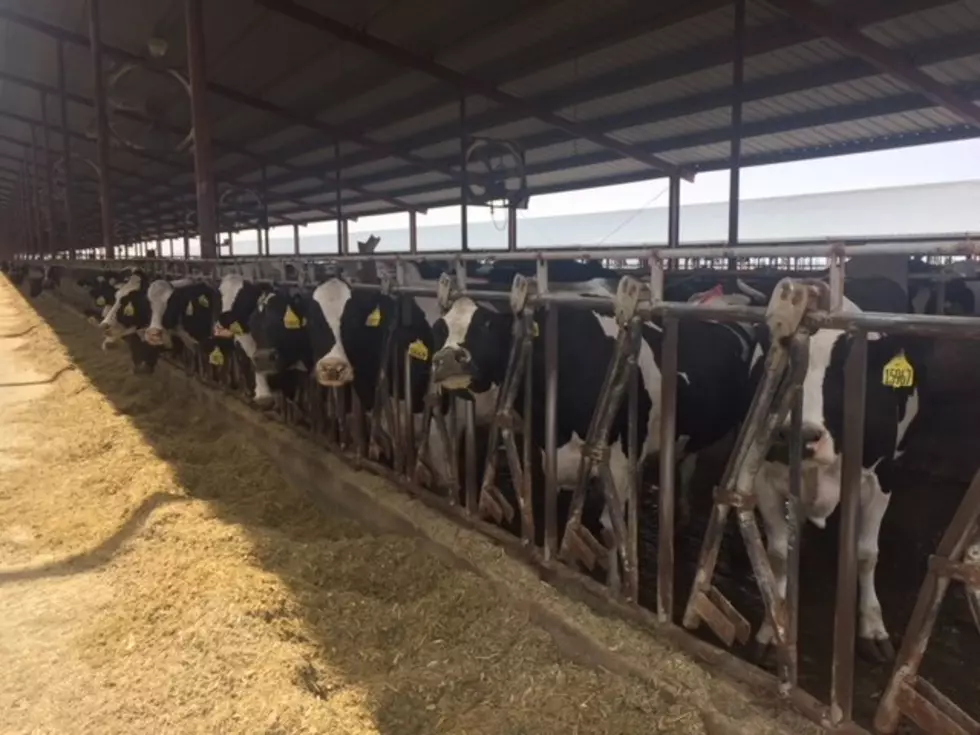
Dairy Economist Looks Ahead To 2021
What can dairy producers expect looking ahead to the New Year?
University of Wisconsin dairy economist, Dr. Robert Cropp, said many in the farm sector started 2020 with high hopes and great anticipation. And the dairy industry was no different.
However 2020 has provided uncharted challenges, from economic uncertainty and struggles with market access resulting in extreme highs and extreme lows.
“I think volatility is here to stay, not to the extreme we've seen this year, I mean, where you get an $8 change from one month to another. Cropp said. "With the coronavirus, there was so much uncertainty exactly how well the markets are going to do. Food service constitutes about half of the market for cheese and for butter. Retail has picked up a lot…but not enough to offset that.”
What will the remainder of 2020 bring? Cropp anticipates that the year’s overall average milk price should remain encouraging for dairy producers.
“As we end out the year, it's still uncertain where we're going to end up," he noted. "We do get a little spike, Thanksgiving and Christmas people buy a little more cheese, a little more butter. Overall for the year, a lot better than we thought it was going to be back in May when we had a class three price of $12.14. So, we'll average probably somewhere between the $17-18 range there, which is not too bad of a year.”
Milk prices are sensitive, he pointed out, to any supply and demand changes. Farmers and cooperatives that helped manage supply in the early days of the pandemic played an important role in later price recovery. And increased demand from the global market was essential, as well.
“We are now producing the type of dairy products that the world market wants to expand our exports. We export now about 15% of our milk production. Actually the month of May, we had some record exports. We exported about 17% of our milk production. That has a big impact on our milk price.”
The type of dairy products consumers demand has changed in recent years, and as a result, so has milk pricing.
“The highest component value and the larger share of the farmer's milk check in the last few years has been butterfat and it used to be protein, but that's a change," Cropp said. "Butter consumption has gone up. Whole milk consumption's gone up. We're eating more cheese that also takes up more butterfat. That's been a worldwide situation, not just the U.S.”
Responding to these market signals, Cropp said dairy farmers have answered the call for higher component milk by focusing their breeding programs.
“Holstein breeders have bred for higher butterfat. And of course, Holstein breeds at higher production, so they're selling more total pounds of this. The Holstein breed will continue to be the dominant breed.”
Because many question marks lie ahead for the coming months and year, Cropp suggests dairy farmers take a closer look at risk management tools, including the Dairy Margin Protection Program and Revenue Protection Program.
“When there are opportunities, you need to take advantage of them,” he noted.
If you have a story idea for the PNW Ag Network, call (509) 547-1618, or e-mail gvaagen@cherrycreekmedia.com
More From PNW Ag Network









